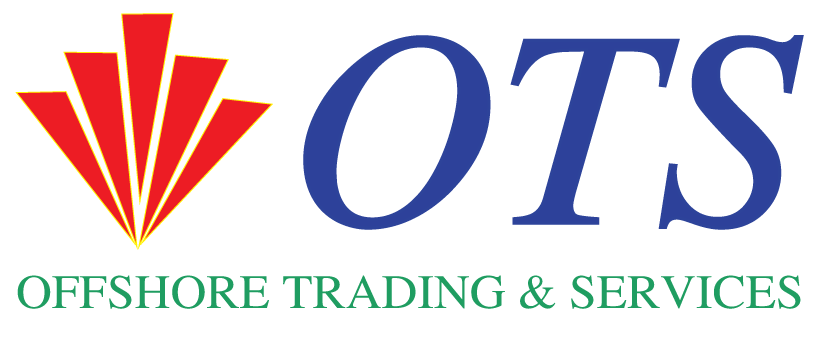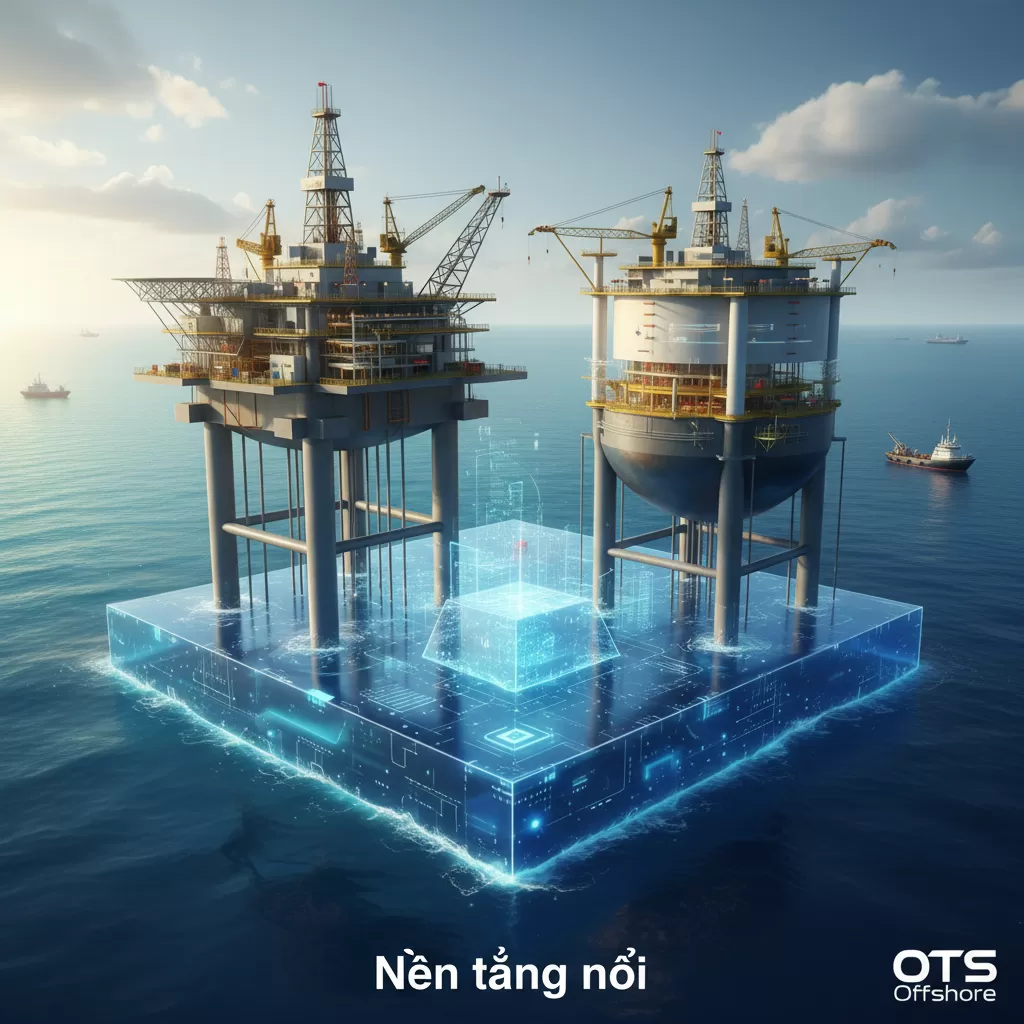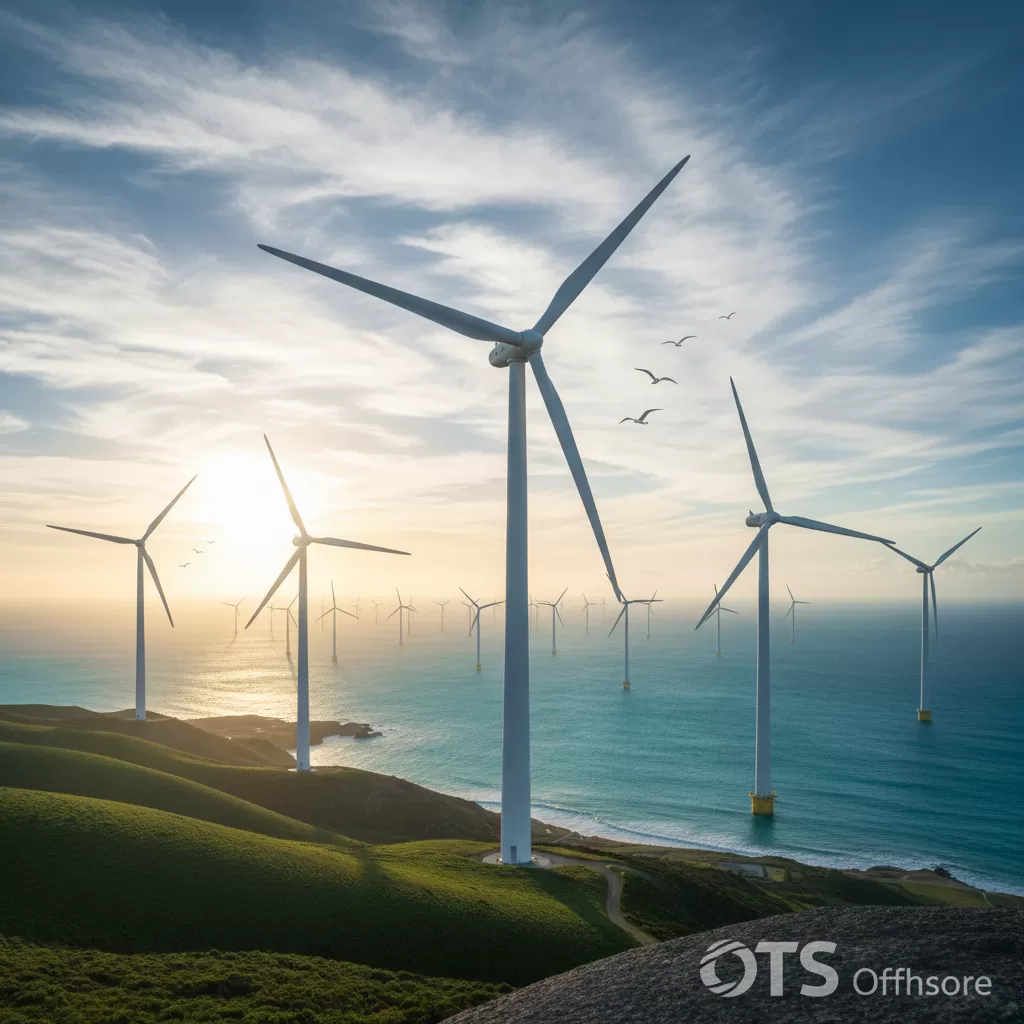Analysis Offshore Floating refers to the critical evaluation of various types of structures designed for hydrocarbon exploration and production in deepwater environments. This analysis focuses on comparing and contrasting two prominent categories: Tension Leg Platforms (TLP) and Single Point Anchor Reservoir (SPAR) platforms, highlighting their respective operational characteristics, advantages, and limitations in the challenging offshore domain. Understanding these distinctions is paramount for informed decision-making in offshore project development.
Comprehensive Analysis of Offshore Floating Rig Types: TLP vs. SPAR
The offshore oil and gas industry is continually pushing the boundaries of exploration into deeper waters. This necessitates the development and deployment of specialized floating structures capable of withstanding harsh environmental conditions and supporting complex subsea infrastructure. Among the array of floating production systems, the Tension Leg Platform (TLP) and the Single Point Anchor Reservoir (SPAR) platform stand out as two distinct and widely adopted solutions. This article provides a detailed Analysis Offshore Floating, delving into the technical intricacies, operational philosophies, and strategic considerations associated with these two platform types.
Understanding the Tension Leg Platform (TLP) Design
The Tension Leg Platform (TLP) is a vertically moored floating structure, characterized by its buoyant hull tethered to the seabed by taut vertical tendons. These tendons, typically made of steel, are connected to heavy foundations on the seabed. The buoyancy of the hull creates an upward tension in the tendons, effectively anchoring the platform and significantly restricting vertical movement. This characteristic makes TLPs exceptionally stable against wave action and heave.
Key Design Principles of TLPs
The inherent stability of a TLP is a direct consequence of its design. The buoyant hull is designed to be positively buoyant, exerting a continuous upward force. This force is counteracted by the tension in the mooring lines (tendons) which are fixed to the seabed. The tendons are typically arranged in a symmetrical pattern around the hull to maintain stability in all directions. The pretension in the tendons is crucial; it ensures that the tendons remain under tension at all times, even during extreme environmental loading. This continuous tension acts as a stiff spring, minimizing vertical displacements.
Structural Components of a TLP
A typical TLP comprises several key structural elements. The buoyant hull, often rectangular or cylindrical, houses the topside facilities such as drilling equipment, processing units, and living quarters. Below the hull are the vertical tendons, which are connected to the hull via a template or directly. These tendons terminate at foundation structures on the seabed, which can be piled templates, gravity bases, or suction anchors, depending on the seabed conditions. A PLET (Pipeline End Termination) system is also integrated to connect subsea pipelines to the platform.
Advantages of TLP Deployment
TLPs offer several compelling advantages for offshore field development. Their high degree of vertical stability makes them ideal for ultra-deepwater applications where heave is a significant concern for operations and equipment. The limited vertical motion simplifies the design of risers and subsea infrastructure, as well as topside process facilities. Furthermore, TLPs can be designed for efficient installation and can often accommodate larger topside payloads compared to some other floating concepts. Their inherent stiffness also contributes to reduced fatigue loading on risers.
Limitations and Challenges of TLPs
Despite their strengths, TLPs also present certain limitations. Their design is highly dependent on maintaining tendon tension. If environmental forces exceed the pretension, the platform can experience excessive vertical motion. The installation process for TLPs can be complex and costly, requiring specialized vessels and careful management of tendon tensioning. Furthermore, TLPs are generally less adaptable to significant changes in water depth or seabed conditions compared to some other floating rig types. Their structural integrity is also sensitive to tendon damage or failure.
Exploring the Single Point Anchor Reservoir (SPAR) Platform
The Single Point Anchor Reservoir (SPAR) platform, also known as a SPAR buoy, is a deep-draft floating structure characterized by a large, vertical, cylindrical hull that extends deep into the water. This deep draft provides inherent stability and a stable heave response. SPARs are moored to the seabed via a single point mooring system, typically involving a turret at the top of the SPAR connected to a spread of mooring lines. The large ballast at the bottom of the SPAR hull provides stability, and its deep draft minimizes the impact of surface waves.
Fundamental Principles of SPAR Operation
The operational principle of a SPAR platform is rooted in its deep draft and the stability provided by its mass distribution. The significant portion of the SPAR’s hull submerged below the wave action zone ensures that it is largely unaffected by surface waves, resulting in minimal heave and pitch. The single point mooring system allows the SPAR to weathervane, orienting itself into the prevailing current and wind. This dynamic orientation is a key feature, simplifying mooring line management and subsea connection.
Anatomy of a SPAR Platform
A typical SPAR platform consists of a large cylindrical hull, often referred to as the “spar” itself. This hull is predominantly submerged, with a portion extending above the waterline to support the topside facilities. The SPAR is moored via a turret located at the top of the hull, which is connected to a network of mooring lines anchored to the seabed. These lines are usually catenary-style, made of chains or synthetic ropes. The topside consists of the processing and production equipment, helideck, and accommodation. Some SPAR designs incorporate an integrated storage tank within the hull.
Advantages Offered by SPAR Platforms
SPAR platforms offer distinct advantages, particularly for ultra-deepwater and harsh environment applications. Their inherent stability and minimal heave motion are excellent for supporting sensitive drilling and production operations. The deep draft also makes them less susceptible to storm surges and extreme wave conditions. The single point mooring system simplifies subsea tie-ins and allows for easier disconnection and redeployment compared to some multi-leg mooring systems. The large hull volume can also be utilized for integrated storage, eliminating the need for separate floating storage units.
Challenges and Drawbacks of SPAR Deployment
Despite their stability, SPARs also have their challenges. Their large size and deep draft can make them more expensive to construct and transport. Installation can be a complex logistical undertaking. The single point mooring system, while offering flexibility, can lead to larger horizontal excursion of the platform compared to TLPs. Managing the vast amount of mooring chain or rope required for deepwater applications can also be technically demanding. Furthermore, the large ballast required for stability can limit the topside payload capacity in some designs.
Comparative Analysis of TLP and SPAR for Offshore Projects
When conducting an Analysis Offshore Floating, a direct comparison between TLPs and SPARs is essential for project planning. Both platform types are designed for deepwater operations, but their suitability varies based on specific project requirements.
Water Depth Suitability and Environmental Resilience
TLPs are generally well-suited for water depths ranging from 300 meters to over 1500 meters. Their stiffness and ability to maintain tendon tension are critical for effective operation in these depths. SPARs, on the other hand, excel in even deeper waters, from 800 meters to over 3000 meters. Their deep draft provides superior stability against extreme wave action and currents encountered in such environments.
Mooring Systems and Stability Characteristics
The fundamental difference lies in their mooring and stability. TLPs employ taut, vertical tendons that resist vertical motion through pretension. This results in very low heave but can lead to significant horizontal excursion under extreme loads. SPARs utilize a single point mooring system with a deep-draft hull, providing exceptional heave stability and allowing for weathervaning. However, this can result in larger horizontal displacements compared to TLPs.
Installation and Operational Complexity
The installation of a TLP involves careful tensioning of multiple tendons to fixed seabed foundations, a process that demands precision and specialized equipment. SPAR installation is also complex, requiring careful ballast management and deployment of the extensive mooring system. Operationally, the reduced motion of both platforms simplifies subsea tie-ins and topside operations, but the specific characteristics of each platform influence the choice of subsea architecture and riser systems.
Cost and Project Economics
The cost-effectiveness of each platform type is a significant factor in Analysis Offshore Floating. TLPs can be more economical for fields with moderate to deep water depths and where a relatively fixed structure is preferred. SPARs, due to their larger size and complex construction, can have higher upfront costs, but their suitability for ultra-deepwater and harsh environments can make them the more viable option in challenging locations. The overall field development strategy, including the number of wells, production profile, and expected field life, heavily influences the economic comparison.
Topside Payload Capacity and Subsea Integration
The design of the hull dictates the topside payload capacity. TLPs, with their structured deck, can often accommodate larger and heavier topside facilities. SPARs, while offering stability, may have limitations on topside weight due to the inherent design of their cylindrical hull and ballast requirements. Subsea integration is simplified for both due to their stable platforms, but the choice of riser system and subsea manifold design will differ based on the platform’s motion characteristics and mooring configuration.
Selecting the Optimal Floating Rig for Deepwater Challenges
The decision between a TLP and a SPAR for a deepwater project is a nuanced one, requiring a comprehensive Analysis Offshore Floating that considers a multitude of factors. The specific characteristics of the hydrocarbon reservoir, the environmental conditions at the site, economic considerations, and technological readiness all play a crucial role.
Factors Influencing Platform Selection
Key factors driving the selection include water depth, expected wave and current conditions, seabed soil properties, the size and complexity of the topside facilities, drilling requirements, and the overall field development plan. A field with relatively calm seas and moderate water depth might favour a TLP, while an ultra-deepwater field exposed to severe weather would lean towards a SPAR.
Case Studies and Real-World Applications
Examining successful projects utilizing both TLPs and SPARs provides invaluable insights. Numerous North Sea fields have benefited from TLP technology, demonstrating their robustness in challenging environments. Similarly, SPAR platforms have been instrumental in unlocking reserves in the Gulf of Mexico and other deepwater frontiers, proving their capability in extreme conditions. Analyzing these case studies informs future decision-making and validates the performance envelopes of these platform types.
Future Trends in Offshore Floating Rig Technology
The ongoing evolution of offshore technology continues to shape the future of floating rigs. Innovations in materials, mooring systems, and subsea processing are enhancing the capabilities and cost-effectiveness of both TLPs and SPARs. There is a growing trend towards modular designs, greater automation, and improved environmental performance, all contributing to more sustainable and efficient deepwater exploration and production. The Analysis Offshore Floating will continue to evolve as these technologies mature.








